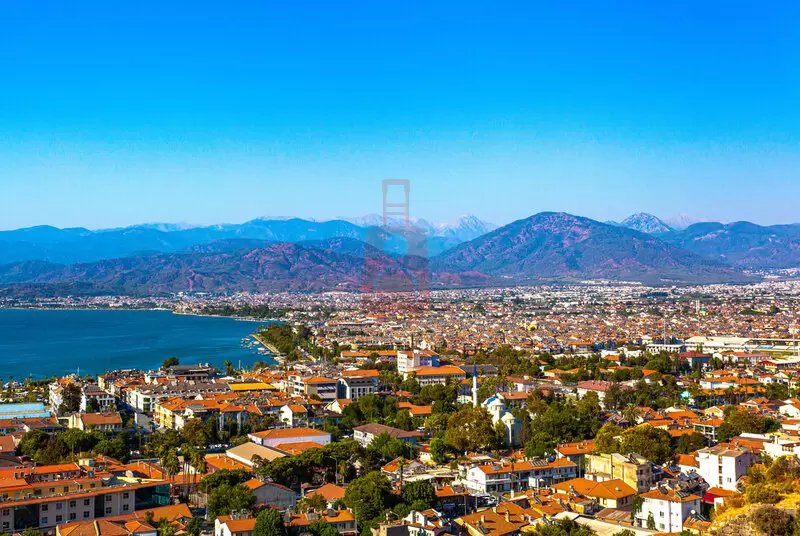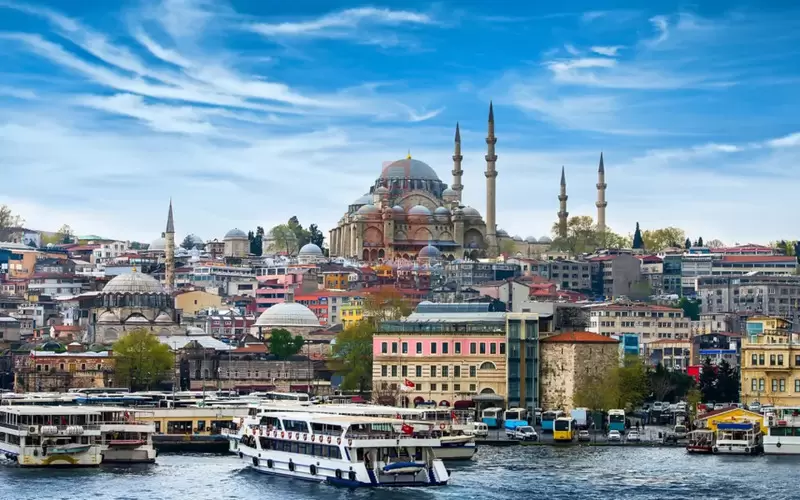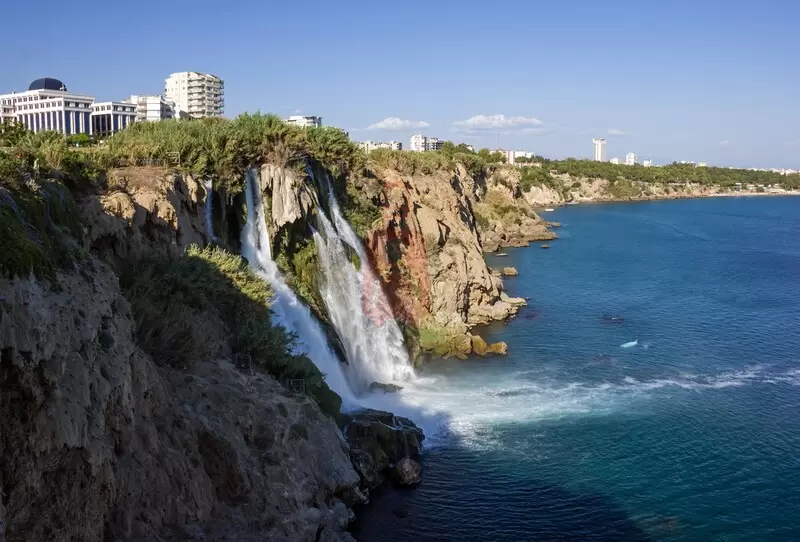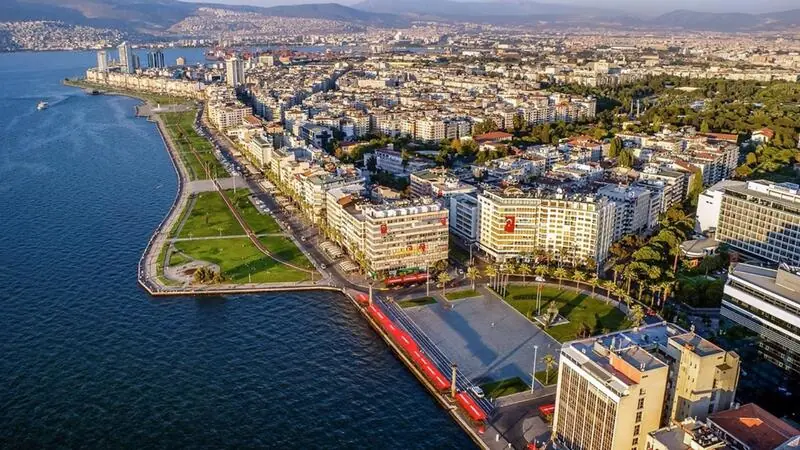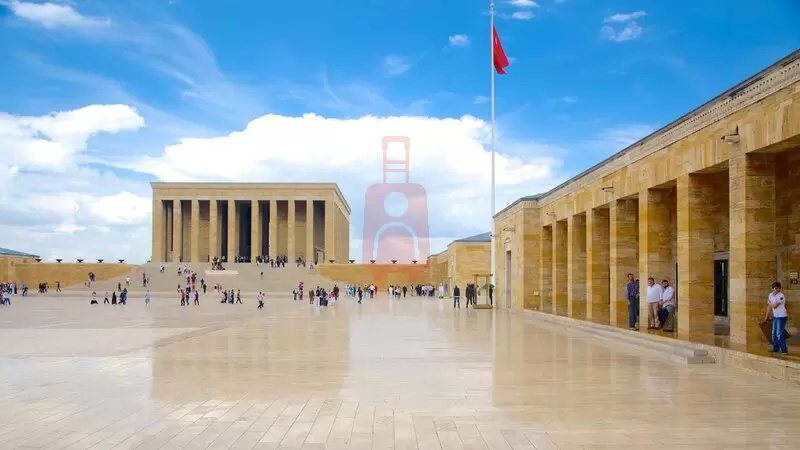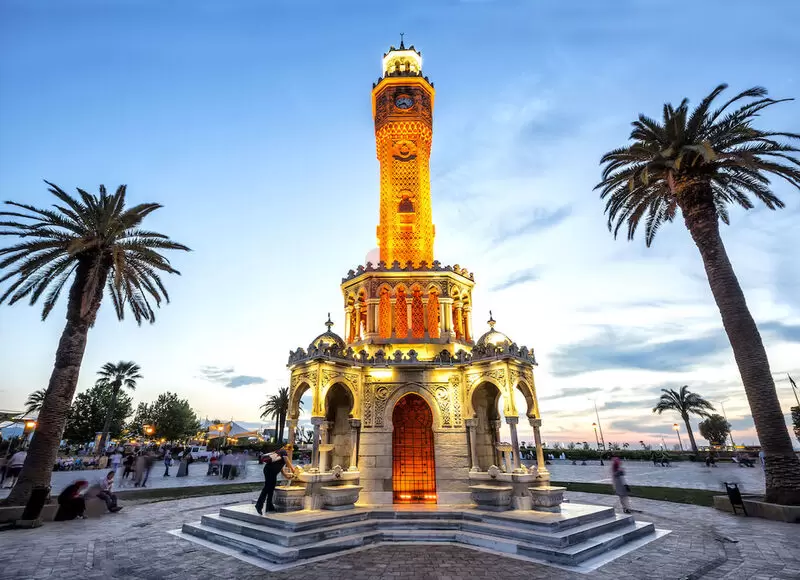
Diyarbakır, located in southeastern Turkey, is one of the country’s most historically rich and culturally significant cities. Known for its remarkable architecture, ancient city walls, and vibrant culture, Diyarbakır offers a wide range of experiences for travelers. A seven-day trip to this ancient city allows you to explore its historical landmarks, immerse yourself in its culture, and enjoy its natural beauty. Here’s a detailed guide to help you make the most of seven days in Diyarbakır.
On your first day, begin by exploring Diyarbakır's most iconic landmark, the Diyarbakır Fortress and its ancient city walls. These formidable structures, which have been designated a UNESCO World Heritage site, date back to antiquity and are among the largest and best-preserved city walls in the world. The fortress is immense, featuring 82 watchtowers and four main gates, each offering stunning panoramic views of the city and the surrounding landscape. As you walk along the walls, you’ll be transported back in time, imagining the city’s long and turbulent history. The walls also offer great photo opportunities, especially at sunset when the light casts a golden hue over the ancient stones.
Next, make your way to the historic Sur district, the heart of old Diyarbakır. This area is a maze of narrow streets lined with traditional stone houses, bustling markets, and ancient mosques. One of the most important religious landmarks in the Sur district is the Great Mosque of Diyarbakır, also known as Ulu Camii. Built in the 11th century, it is one of the oldest and most significant mosques in Anatolia. The mosque’s striking black basalt stone architecture, unique to the region, and its large courtyard make it a must-visit. Be sure to take time to explore the surrounding streets, where you’ll find local shops selling handmade crafts, spices, and textiles, giving you a taste of Diyarbakır’s vibrant culture.
On day two, visit the Hevsel Gardens, another UNESCO World Heritage site. These lush gardens are located along the banks of the Tigris River and have been cultivated for thousands of years. Historically, the gardens served as an agricultural area that provided food for the city. Today, they offer a peaceful escape from the city, with green fields, orchards, and a variety of bird species making it a popular spot for nature lovers. Take a leisurely walk through the gardens, enjoy a picnic by the river, and soak in the natural beauty and tranquility of the area.
On day three, take a trip to the ancient Zerzevan Castle, located about 40 kilometers outside Diyarbakır. This imposing Roman-era fortress sits atop a strategic hill and offers stunning views of the surrounding plains. Zerzevan Castle was once an important military outpost, and its ruins include a temple dedicated to the ancient Persian god Mithras, watchtowers, cisterns, and a Roman church. The archaeological site has gained international attention in recent years due to the discovery of the Mithras Temple, which is one of the best-preserved of its kind. Exploring Zerzevan Castle offers a fascinating glimpse into the region’s ancient history, and the panoramic views from the top of the hill are breathtaking.
On day four, take some time to explore Diyarbakır’s rich cultural heritage at the Cahit Sıtkı Tarancı Museum. The museum is housed in a traditional 19th-century stone house that was once the birthplace of Cahit Sıtkı Tarancı, one of Turkey’s most famous poets. The museum offers a glimpse into Diyarbakır’s traditional architecture and lifestyle, with its spacious courtyard, intricate stonework, and beautifully preserved rooms filled with period furnishings. The museum also contains personal items, writings, and photographs of the poet, making it a great stop for literature enthusiasts.
For your fifth day, plan a day trip to Hasankeyf, a historical town situated along the Tigris River, about 100 kilometers from Diyarbakır. Hasankeyf is one of the oldest continuously inhabited settlements in the world, with a history that spans over 12,000 years. The town is famous for its ancient rock-cut dwellings, medieval bridges, and historic mosques. Although some parts of Hasankeyf have been affected by the construction of the Ilisu Dam, much of its historical charm remains intact. Visiting Hasankeyf is like taking a journey through time, and the picturesque setting along the river adds to its allure. While in Hasankeyf, be sure to visit the Hasankeyf Castle, the Zeynel Bey Tomb, and the El Rızk Mosque. The views from the top of the cliffs overlooking the river are simply breathtaking.
On day six, return to Diyarbakır to explore some of its lesser-known but equally fascinating attractions. One such site is the Virgin Mary Church (Meryem Ana Kilisesi), an ancient Syriac Orthodox church located within the old city. This church dates back to the 3rd century and is one of the oldest continuously operating Christian places of worship in the region. The church’s interior is adorned with beautiful frescoes, and its peaceful atmosphere provides a welcome respite from the bustle of the city. Nearby, you can also visit the historic Behram Pasha Mosque, known for its elegant architecture and beautiful courtyard.
In the afternoon, continue to the Diyarbakır Archeology Museum, which houses a vast collection of artifacts from the region’s long and diverse history. The museum’s exhibits cover several historical periods, including the Neolithic, Hittite, Roman, and Ottoman eras. You’ll find everything from ancient pottery and tools to intricate jewelry and stone carvings. The museum provides an excellent overview of the region’s archaeological and cultural significance and is a must-visit for history buffs.
On your final day, take the opportunity to enjoy Diyarbakır’s culinary delights. Diyarbakır is known for its rich and flavorful cuisine, which is influenced by both Turkish and Kurdish culinary traditions. One of the city’s most famous dishes is ciğer kebabı, or grilled lamb liver, which is typically served with fresh vegetables and flatbread. Another local specialty is meftune, a slow-cooked stew made with lamb, eggplant, and tomatoes. For dessert, try the city’s famous kadayıf, a sweet pastry made with shredded wheat and filled with nuts, or künefe, a cheese-filled dessert soaked in syrup. As you explore the local restaurants and cafes, you’ll find that Diyarbakır’s food scene is a highlight of any visit.
Before leaving the city, take one last stroll along the Tigris River, enjoying the peaceful atmosphere and reflecting on the rich history and culture you’ve experienced during your seven days in Diyarbakır.
In conclusion, Diyarbakır offers a truly unique travel experience, with its blend of ancient history, vibrant culture, and stunning natural beauty. From exploring the city’s iconic walls and historic mosques to visiting ancient castles and enjoying traditional cuisine, a seven-day trip to Diyarbakır is filled with unforgettable moments. Whether you’re a history enthusiast, a nature lover, or a foodie, Diyarbakır promises an enriching and diverse journey through one of Turkey’s most fascinating regions.

